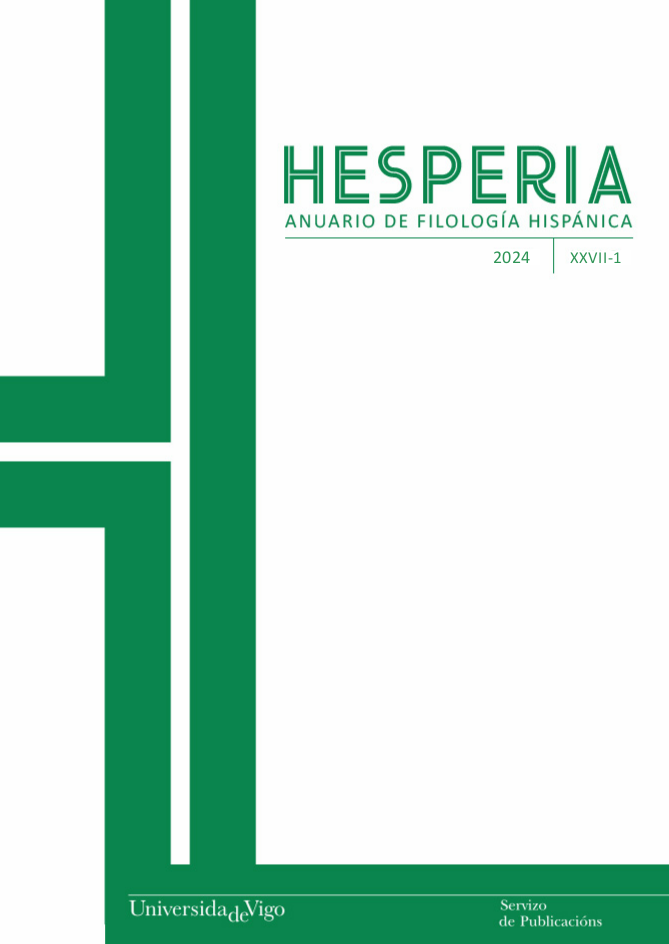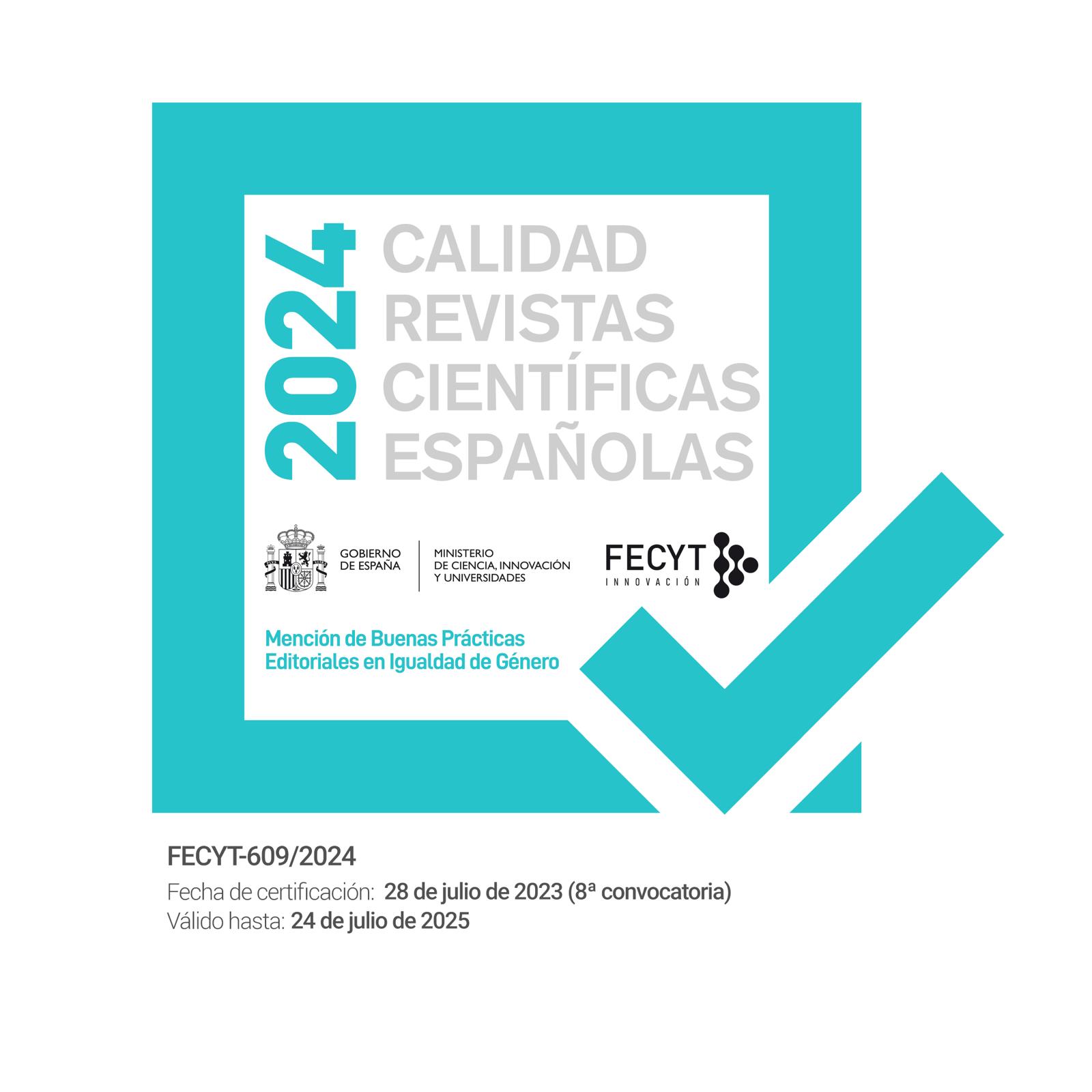Ávila in the eyes of Enrique Larreta: Otherness and reality in La Gloria de Don Ramiro (1908)
DOI:
https://doi.org/10.35869/hafh.v27i1.5567Keywords:
Argentine Literature of the Twentieth Century, Contemporary Literature, Enrique Larreta, End of the Century, Decadentism.Abstract
The construction of the other, the vision of the different, has been a constant throughout the history of universal literature. The cultural identity of human groups is constructed, in many cases, by contrast with other groups, through a process that can lead to the dehumanization of large sectors of the population. In this sense, the use of the past as a source of understanding of the present is transformed into a resource for the justification and mythical conception of itself. In this way, history and fiction interwined in works such as La gloria de don Ramiro (1908), by Enrique Larreta, where we can observe how the reworking of the urban space-cultural concept is structured from a particular vision of the reign of Philip II whose most outstanding element is the elaboration of the image that the city of Avila presents in the novel.















